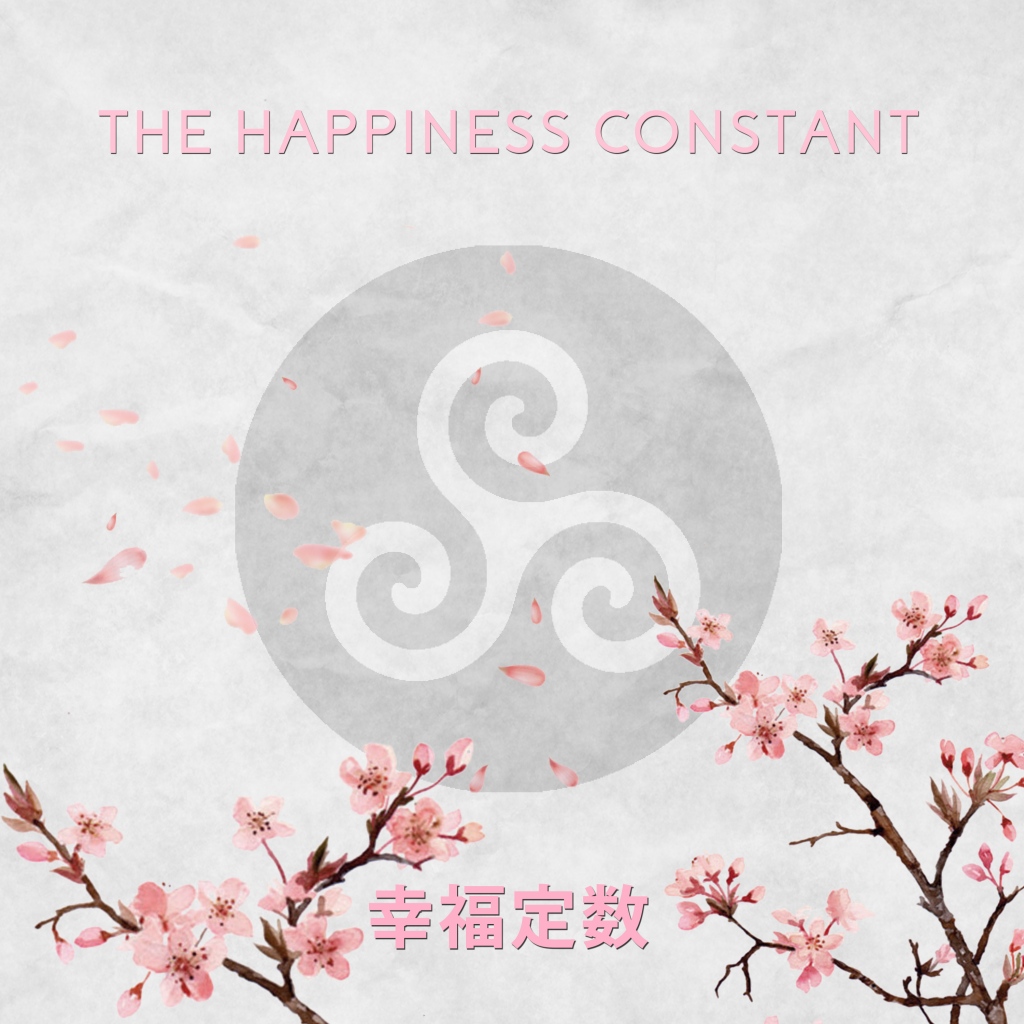In my last post, I gave my thoughts on the songwriting process and what I think about while I’m arranging. In this post I’m going to talk about recording parts. Also known as tracking.
Recording:
So, as I mentioned before, I work directly in Ableton, everything is DI into my audio interface. Early in the process I’m mainly just trying to get ideas down. Even if I’m not at my DAW I’ll pull out my phone and record whatever ideas I’ve come up with at the time. It’s good to capture the ideas whenever you have them, because there’s no guarantee you’ll remember anything. You’ll lose a badass idea one time before realizing that it’s just easier to get things down asap.
During the arranging process you’ll want to create a scratch track of everything. Just to capture the ideas in their natural form. Once you have that together, you’re ready to start tracking. This is the point where you want to be sure you’ve practiced the parts. Especially if they’re particularly challenging. You want to get the best possible takes. If necessary you can comp them together or punch in and out to fix any errors or blunders. I also make a habit out of listening to the parts in solo to make sure they’re clean before committing them to the final project.
I tend to break this up by instrument. Guitar is my native language, so I typically start there when I’m recording. It’s worth noting, right now I’ve been using programmed drums since I don’t exactly have the environment to set up and mic my acoustic kit. I start with simple parts then will come back and detail them with fills and variation later into the recording process.
An Important Note: Change your strings before tracking! Seriously fresh strings are absolutely necessary for good tone. This is partly why the bass sounds so bad on Permanent Press. I was admittedly pretty lazy when tracking bass throughout.
Once the guitar is tracked, I’ll make some basic timing edits to make sure everything sounds good. If you don’t know how to play to a metronome you should probably start there. It’s essentially mandatory. Otherwise you’ll be spending a lot of time just cleaning up your timing. It’s easier to just get it right to begin with.
Once the rhythm guitar is tracked, I’ll track any overdubs or lead parts. I usually save any solos for last since they tend to take more care and attention to detail than other parts throughout. It’s also important to conserve your energy throughout this process. If you’re feeling drained take a break, do something else for a while and come back. You don’t want music to feel like a chore, it’ll show in your playing. Once guitar is all sorted out, I’ll come back in and record bass parts. You don’t have to follow this order either. Do whatever feels best to you.
Once the instrumental arrangement is done, I come back and record vocals. Make sure you know how many takes you’ll need. It’s pretty common practice to double track vocals, even sometimes triple or quad tracking them, in addition to backing vocals and harmonies. Make sure you or your vocalist is in the right mindset for tracking vocals. You want to have a good energy going into it more than anything else, because the vocal is usually the star of the mix, you want it full of life. So be ready to capture an amazing performance. I’ll usually start with just a full run through of the song and then go back over it as needed.
Make sure everyone is comfortable. At this point you’ll want to be sure you’ve worked out the microphone you’ll be using as well as position. These are all important factors to getting a great vocal sound. I didn’t pay good regard to this when tracking Permanent Press, but I learned a lot about it. There are great guides out there. Factors are proximity between the mic and singer, height in relation to the singer’s mouth, and axis (left or right) of the singer. It recommend using a pop-filter. They’re relatively inexpensive, and really help reducing plosives, though they won’t eliminate them entirely. That also has a lot to do with vocal technique as well as the factors mentioned above.

